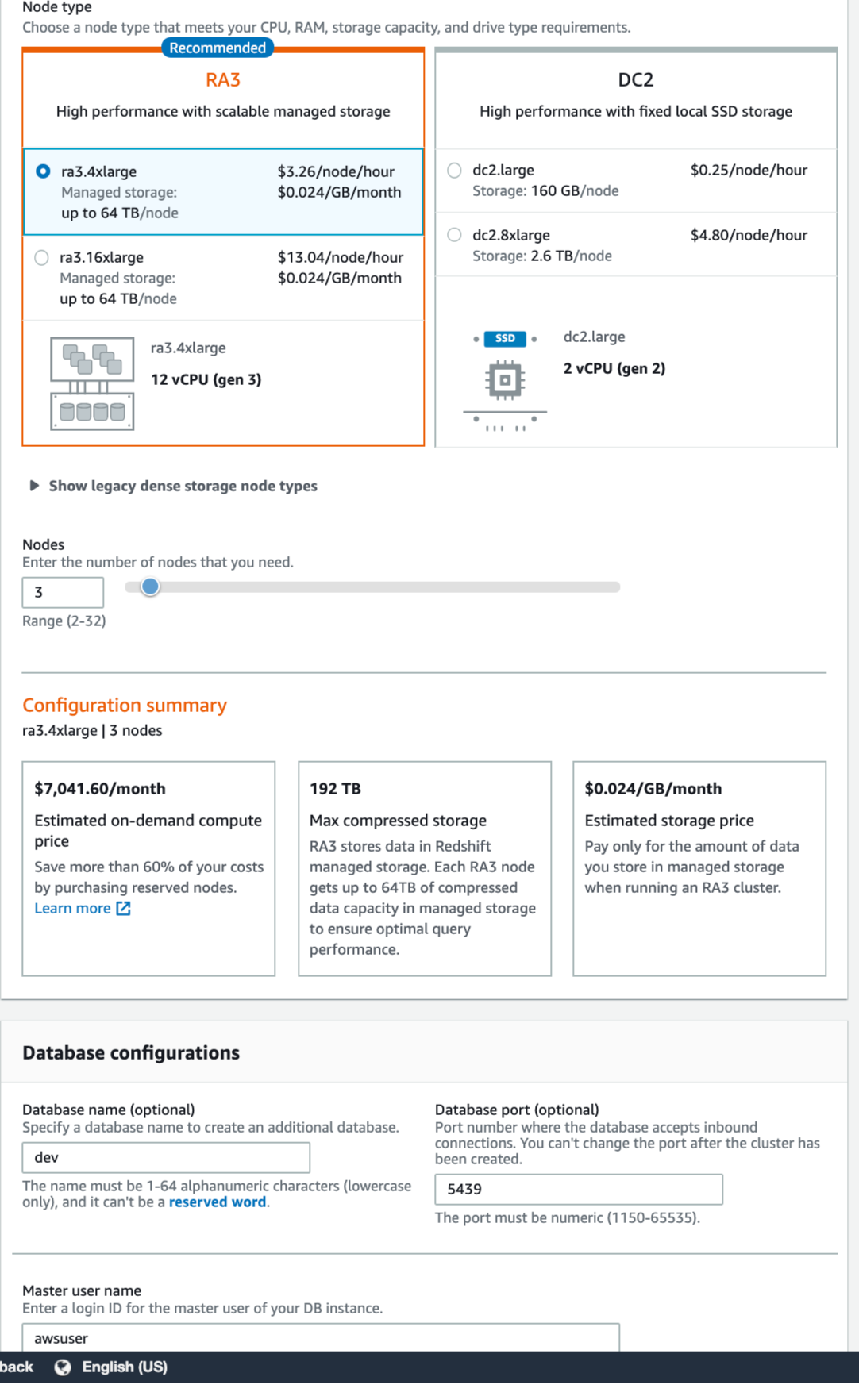

This allows for faster data retrieval and processing, as each slice can be processed in parallel. Meanwhile, Redshift uses a massively parallel processing (MPP) architecture, where data is divided into multiple slices and distributed across different nodes. Aurora uses a distributed storage model where data is stored across multiple nodes in a cluster. For example, a media company needs to analyze advertisement impressions and engagement data to optimize an ad campaign.Īside from the differences in data models, Aurora and Redshift also differ in their approach to data storage. This includes business intelligence reporting, data warehousing and data exploration. For example, an e-commerce business that needs to house and analyze customer order data could be a great fit for Aurora.Īmazon Redshift is a columnar data store that’s optimized for analytical queries that involve large amounts of data. This makes it ideal for storing transactional data, such as customer orders, inventory and financial records. Data Models and StorageĪmazon Aurora is a relational database engine that stores data in tables with rows and columns. Data is stored in a denormalized format to improve query performance. They’re designed to support complex queries that involve large amounts of data. OLAP systems are typically used for data analysis and reporting tasks, such as generating sales reports or analyzing customer behavior. Redshift is optimized for online analytical processing (OLAP) workloads, which involve processing complex, large-scale queries that require aggregation and analysis from multiple data sources.

Data is stored in a normalized format to avoid redundancy.


They’re designed to support high-volume, low-latency transactions. OLTP systems are typically used for operational tasks, such as inserting, updating and deleting data in a database. Aurora is optimized for online transaction processing (OLTP) workloads, which involve processing small, fast transactions in real time. One of the main differences between Aurora and Redshift is the type of workloads they’re designed for. Here are some distinctions between their key features and potential use cases. The choice between Redshift and Aurora requires understanding how these powerful services differ, especially if you’re moving software-as-a-service platforms to AWS. The service integrates with many data visualization and business intelligence tools. It also provides advanced data compression and encoding capabilities to help businesses optimize storage and query performance. Redshift supports structured, semi-structured and unstructured data. It enables companies to analyze customer behavior, track sales performance and process log data, all of which are essential components of a data pipeline. Redshift’s features make it well-suited for large-scale data-warehousing needs. Businesses use it to store and analyze large datasets in the cloud, enabling them to make better use of their data and gain deeper insights. Overview of Amazon RedshiftĪmazon Redshift is a petabyte-scale data warehouse service that can store and analyze vast amounts of data quickly and easily. With this service, businesses can build and maintain sophisticated applications that require high performance, scalability and availability. It’s highly available and offers up to five times the throughput of non-Aurora MySQL and PostgreSQL databases.Īurora also offers a low-cost pricing structure, enterprise-grade security features and the ability to scale with ease. It’s a fully managed MySQL and PostgreSQL-compatible database engine that combines the speed and availability of high-end commercial databases with the simplicity and cost-effectiveness of open source databases.Īurora provides businesses with a secure and reliable database engine that meets the needs of modern applications. Amazon Aurora is a proprietary relational database management system developed by AWS.


 0 kommentar(er)
0 kommentar(er)
